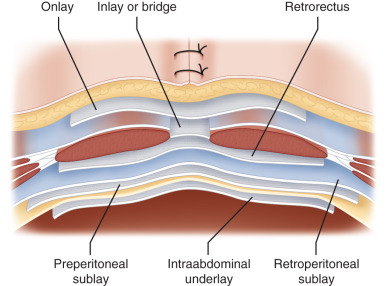Latest Laparoscopic Hernia Repair Technique
As a world-class specialist Hernia surgeon, Dr.Prashant Sharma is highly skilled in the following advanced laparoscopic Hernia repair techniques:
- TEP:Totally extraperitoneal Repair. Surgical dissection and mesh placement is performed outside of the peritoneal cavity in the pre-peritoneal space away from the visceral contents. Mesh does not come into contact with bowel or visceral organs. Usually utilised for inguinal hernia or femoral hernia.
- eTEP:Extended view totally extraperitoneal. Same as TEP, but can be utilised for other hernia such as spigelian, ventral, incisional and large inguinal hernia.
- eTEP Rives-Stoppa:Places mesh in retro-rectus position in front of posterior sheath and away from visceral bowel contents. This technique is often utilised for larger incisional ventral hernia with abdominal wall reconstruction.
- eTEP TAR:An extension of the eTEP Rives-Stoppa where a transversus abdominal muscle release is incorporated into the repair. This technique is often utilised for larger incisional ventral hernia with abdominal wall reconstruction.
- TAPP/Plus:Transabdominal preperitoneal with closure of defect. This technique is reserved for ventral, incisional, and flank hernia with abdominal wall reconstruction. Involves lifting a flap of peritoneum, closing the fascial defect then placing and securing an uncoated mesh. The operation is finished with closure of the peritoneal defect. Probably best done robotically.
- IPOM:Intraabdominal only mesh. This technique places a coated mesh in the abdominal cavity. A relatively quick operation utilised for ventral and incisional hernia, that is reserved for older/frail patients who cannot tolerate a lengthy anaesthetic.


